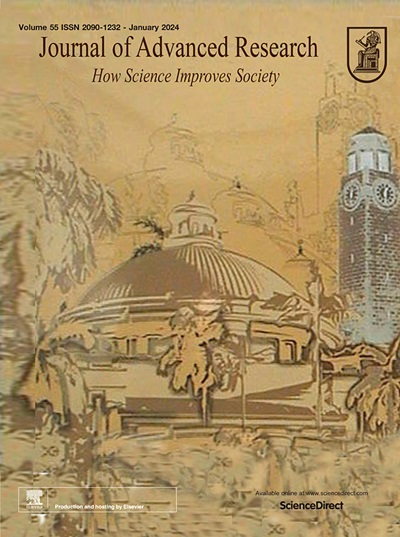Transducin-like enhancer of split 3 protects against lipopolysaccharide-induced inflammation through DDX5-ATF1-PPP2R5A signaling
IF 11.4
1区 综合性期刊
Q1 MULTIDISCIPLINARY SCIENCES
引用次数: 0
Abstract
Introduction
Sepsis consists of life-threatening multi-organ dysfunction caused by an excessive systemic inflammatory response to infection. Therefore, identifying negative regulators of innate inflammation is crucial for treating this condition.Objectives
In this study, we aimed to understand how transducin-like enhancer of split 3 (TLE3) regulates inflammatory responses.Methods
We detected Tle3 changes in sepsis patients by analyzing public databases, which were confirmed in septic survivors, septic mouse models, and inflammatory macrophages using Western blotting, qRT-PCR, and immunohistochemistry staining. We investigated the role and mechanism of TLE3 in sepsis by utilizing bone marrow-transplantation (BMT) and adenovirus-infected mice. Furthermore, Protein-Protein Docking, BiFC, LC-MS/MS analysis, CUT & Tag-seq, and CHIP experiments were utilized to disclose the mechanism underlying TLE3 involving macrophage inflammation.Results
In this study, we found that Tle3 transcript is upregulated in peripheral blood samples of sepsis survivors and is decreased in non-survivors, suggesting the critical role of TLE3 in sepsis outcomes. TLE3 is also upregulated in lipopolysaccharide (LPS)-stimulated human monocyte-derived macrophages (MDMs), murine bone marrow-derived macrophages (BMDMs), and septic mice. Gain-of- and loss-of-function of TLE3 in LPS-stimulated murine BMDMs, human MDMs, and mouse models of sepsis showed that TLE3 alleviates LPS-induced cytokine production, as well as nuclear factor kappa-light-chain-enhancer of activated B cells (NF-κB) and mitogen-activated protein kinase (MAPK) activation in macrophages, which protects against LPS-induced acute systemic inflammation, multi-organ injury, and death caused by sepsis. Mechanistically, upregulated TLE3 interacts with the transcriptional coactivator, DEAD-box helicase 5 (DDX5), promoting its retention in the cytoplasm and ultimately decreasing transcription of the DDX5/ activating transcription factor 1 (ATF1)-targeted gene Ppp2r5a. Furthermore, the TLE3-DDX5-ATF1 axis downregulates PPP2R5A, a negative regulatory subunit of protein phosphatase 2A (PP2A), thereby increasing PP2A activity and promoting the dephosphorylation of NF-κB and MAPK.Conclusion
Our study shows that TLE3 represents a novel suppressor of LPS-induced inflammatory signaling in macrophages.

求助全文
约1分钟内获得全文
求助全文
来源期刊

Journal of Advanced Research
Multidisciplinary-Multidisciplinary
CiteScore
21.60
自引率
0.90%
发文量
280
审稿时长
12 weeks
期刊介绍:
Journal of Advanced Research (J. Adv. Res.) is an applied/natural sciences, peer-reviewed journal that focuses on interdisciplinary research. The journal aims to contribute to applied research and knowledge worldwide through the publication of original and high-quality research articles in the fields of Medicine, Pharmaceutical Sciences, Dentistry, Physical Therapy, Veterinary Medicine, and Basic and Biological Sciences.
The following abstracting and indexing services cover the Journal of Advanced Research: PubMed/Medline, Essential Science Indicators, Web of Science, Scopus, PubMed Central, PubMed, Science Citation Index Expanded, Directory of Open Access Journals (DOAJ), and INSPEC.
 求助内容:
求助内容: 应助结果提醒方式:
应助结果提醒方式:


